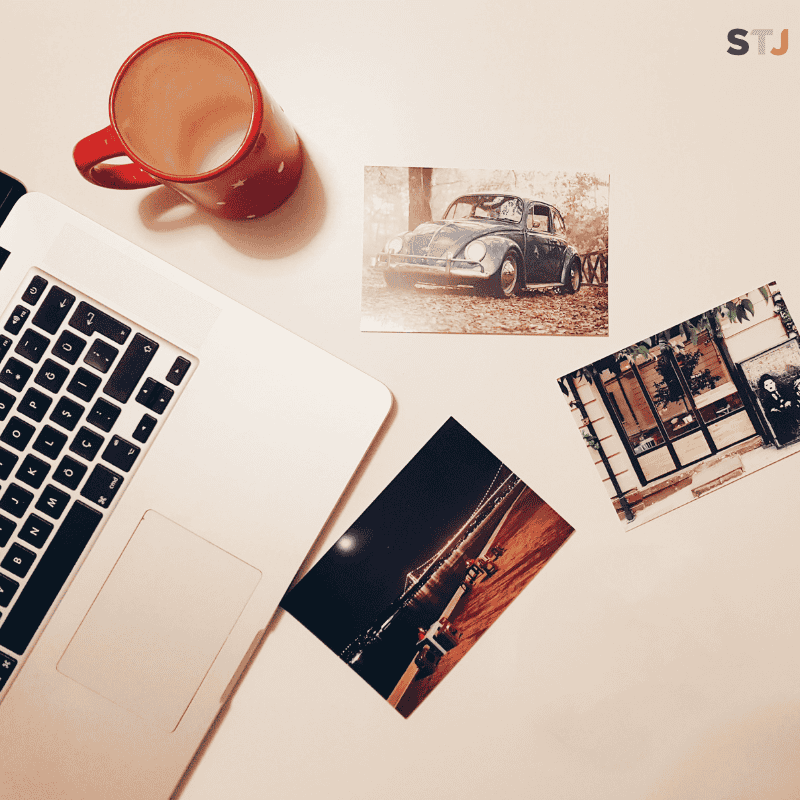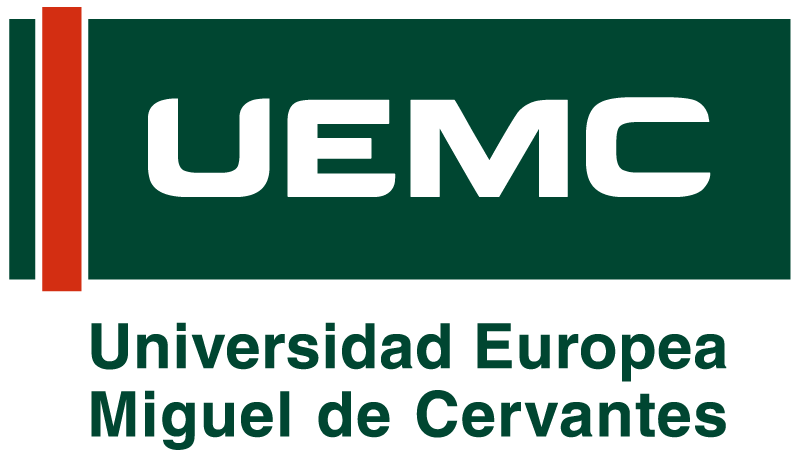By Catarina Machado
Part 1
I’ve been photographing events for nearly 5 years, primarily focusing on events at the university where I work as a member of the marketing and communication team. My portfolio extends beyond academic settings, including private events such as christianings, and cultural events such as São João in Porto – a vibrant festival honoring the city’s patron saint. Each of these experiences have shaped my approach to photography. Over the time, I’ve learned to better understand my camera, lightning and how to make my subject stand out.
While covering an event, I enjoy exploring different angles, seeking out new points of interest, and capturing candid reactions from attendees. Which means I rarely confine myself to one position along the event, preferring to alternate between scenes, trying to capture different moments from different perspectives. That is why I consider myself more of a documentary photographer than a posed one.
To keep track of my captures, I came up with a method I try to apply and adapt to every event. I call it the three panels method: I visualize three distinct panels where I’ll “pin” all my photographs from the event, according to certain characteristics.

In the first tableau, the “General Info panel”, I focus on general pictures that describe the overall ambience of the event. I often use wide-angle shots to capture as many details and subjects as possible, as well as the location and the setting. I tend to often apply the rule of thirds or center my images here, as most times, I position the most significant subject of the scene in those points.
The second tableau, my “American Plans panel”, is dedicated to capturing more intimate moments. These images focus on specific subjects, groups or scenes in action, so I can transmit emotions too. I try to do so by capturing interactions, exchanges of glances, suggestive and dynamic body expressions. These photographs also allow me to portray ideas, traditions, beliefs, or social contrasts by illustrating how subjects behave in the event environment. I particularly enjoy capturing those contrasts as it enhances the emotional depth of the images -as different ideas or values collide, and as it reflects the complexities of life itself. It’s when shooting these images that I try to get the most creative, experimenting with different framings and compositions. Although I truly appreciate the classic rule of thirds.
The final tableau consists of close-up shots of important objects, intricate details and expressive faces or body parts. I use these portraits to provide some “journalistic” information about the event -for example by exhibiting details of traditional items, and to highlight key elements or subjects that contribute to the overall narrative.
While covering the event, I try to visualize these panels with the pictures I already took “pinned” on them, ensuring that I capture an acceptable balance of each type of photograph. This approach allows me to create a cohesive narrative that aims to reflect the essence of the event.
The second strategy I use for keeping a cohesive narrative, is trying to follow a “style” of photography while shooting, by keeping similar settings on the camera and looking for similar or complementary colors or patterns. I also try to provide my photographs with a more cinematic look in post-production, especially using masks to accentuate the shadows and highlight the subject. However, as a young photographer, I haven’t really found my style per say yet, adapting the editing to fit the vibe of the event itself.
Part 2
One event I have longed to cover is Carnaval do Brazil. This vibrant festival, I’m sure, presents endless opportunities to capture stunning detailed images filled with color, movement, different settings and a myriad of facial and body expressions. Plus, the range of emotions displayed during the festival, from sheer euphoria to more subdued, contemplative moments, creates a dynamic atmosphere interesting to capture.
Besides that, I imagine that Carnaval offers the chance to explore multiple angles, as there is always an attractive subject nearby – whether it be someone dancing samba, a party, or someone playing drums. All this vibrant and continued flow of visual information makes it an ideal setting for a documentary photographer like myself.
However, I imagine that capturing Carnaval also comes with its challenges. Isolating the main focus can become difficult amidst chaos, and shooting according to the imaginary lines of photography may be complicated by the sheer number of subjects in the frame.
Navigating through the crowds to capture candid moments can also be tricky, especially during the official parade, when photographers might be confined to one side of the aisle, capturing only subjects that face the same direction. Nevertheless, I envision the opportunity to document this rich cultural event that I’m sure will force me to adapt my techniques as a photographer.
This article is part of the practical work carried out by students on the Master’s Degree in Travel Journalism at the School of Travel Journalism.

